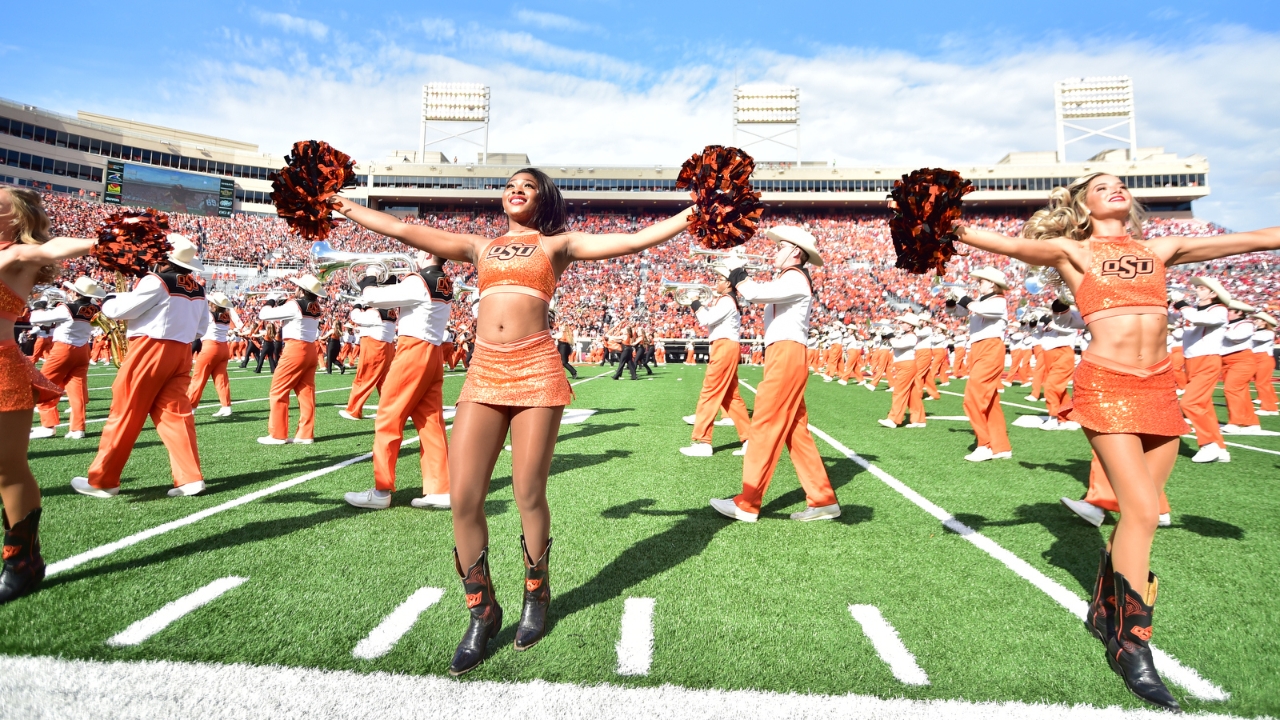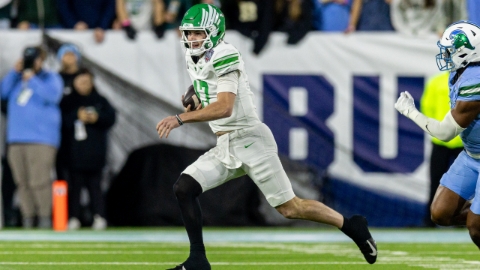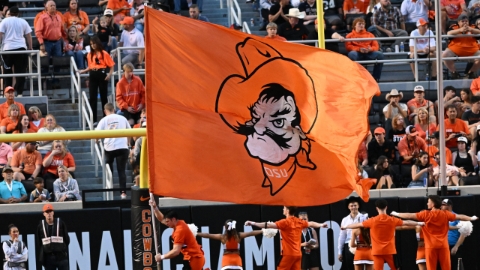This is an excerpt from a lengthy story linked at the bottom.
How will schools distribute revenue?
Short answer: It is at the discretion of each school. There are no constraints on the distribution of revenue.
However and this is very important Title IX is not addressed in the settlement terms. It still applies. Title IX is a federal law that requires education institutions to provide equal opportunities for women and men athletes. It's why many schools offer similar or the same amount of women scholarships as men scholarships.
In a revenue-sharing model, how does Title IX apply? Will schools that reach the, let's say, $22 million cap be required to share $11 million of that money with women athletes?
It depends on who you ask. In a previous interview, NCAA president Charlie Baker contended that Title IX only applies to opportunities and not monetary compensation, suggesting that more revenue could be shared with the athletes who generate most of it: football and men's basketball players. But the Department of Education hasn't weighed in on the issue.
Title IX is the single most pressing issue in this entire settlement, most administrators say.
"That's the trump card," said one power school athletic director.
"Campuses must weigh their risk toleration," said another.
On one hand, an unequal split of revenue sharing puts a school at risk of a Title IX lawsuit.
On the other hand, an equal split of revenue sharing puts a school at risk of a lawsuit from football players who believe that they are not receiving enough of the revenue they are generating.
"Don't those generating the money need to get the most in distribution?" asked one university leader.
"The whole reason we are in this scenario is because we've been funneling money from football to pay for country club sports," said an associate athletic administrator at a power conference.
The administrator was referring to a traditional structure of athletic department finances: Revenues often related to football and men's basketball (TV contracts, ticket sales and donations) are used to fund Olympic sports that, at many schools, lose a combined $30 million or more annually.
Even one of the plaintiff attorneys in the settlement case believes that football players should keep the money football players generate.
"(Football players) should not receive anything so that the money can go to the golf and tennis team," Kessler said last month. "Think of the composition of those teams and think of the composition of the teams that are giving up the money. What is that about?"
Kessler expects the Title IX issue to end in a courtroom. That's where, he says, it will eventually be "resolved."
But there are perhaps ways to circumvent or, at the very least, attempt to bend the Title IX rules by skewing more cash to football and men's basketball players.
The first involves the classification of the revenue-sharing deals that schools strike with athletes. Though left up to the schools' discretion, many of the deals are expected to be classified as agreements to purchase the use of their name, image and likeness (NIL). NIL deals are widely based on the value an athlete brings to a team or school. The more valuable, the more money.
This is a potential way for schools to defend a plan to pay male athletes more than female athletes. Some officials are even discussing the use of a "Q-Score," which is a measurement of a person's brand appeal. Others are seeking data on "fair market value."
"What if you are buying NIL rights from players and those rights have different market values for men and women?" asked one power conference administrator.
There is, of course, a second way around Title IX: Have an outside third-party entity share revenues with your athletes.
Such as, a currently existing booster-backed NIL collective.
NCAA settlement Q&A: How will schools distribute revenue, what is the future of NIL collectives and more
[url=https://sports.yahoo.com/author/ross-dellenger/][/url]Ross Dellenger, Senior College Football Reporter
https://sports.yahoo.com/ncaa-settlement-qa-how-will-schools-distribute-revenue-what-is-the-future-of-nil-collectives-and-more-125519681.html






